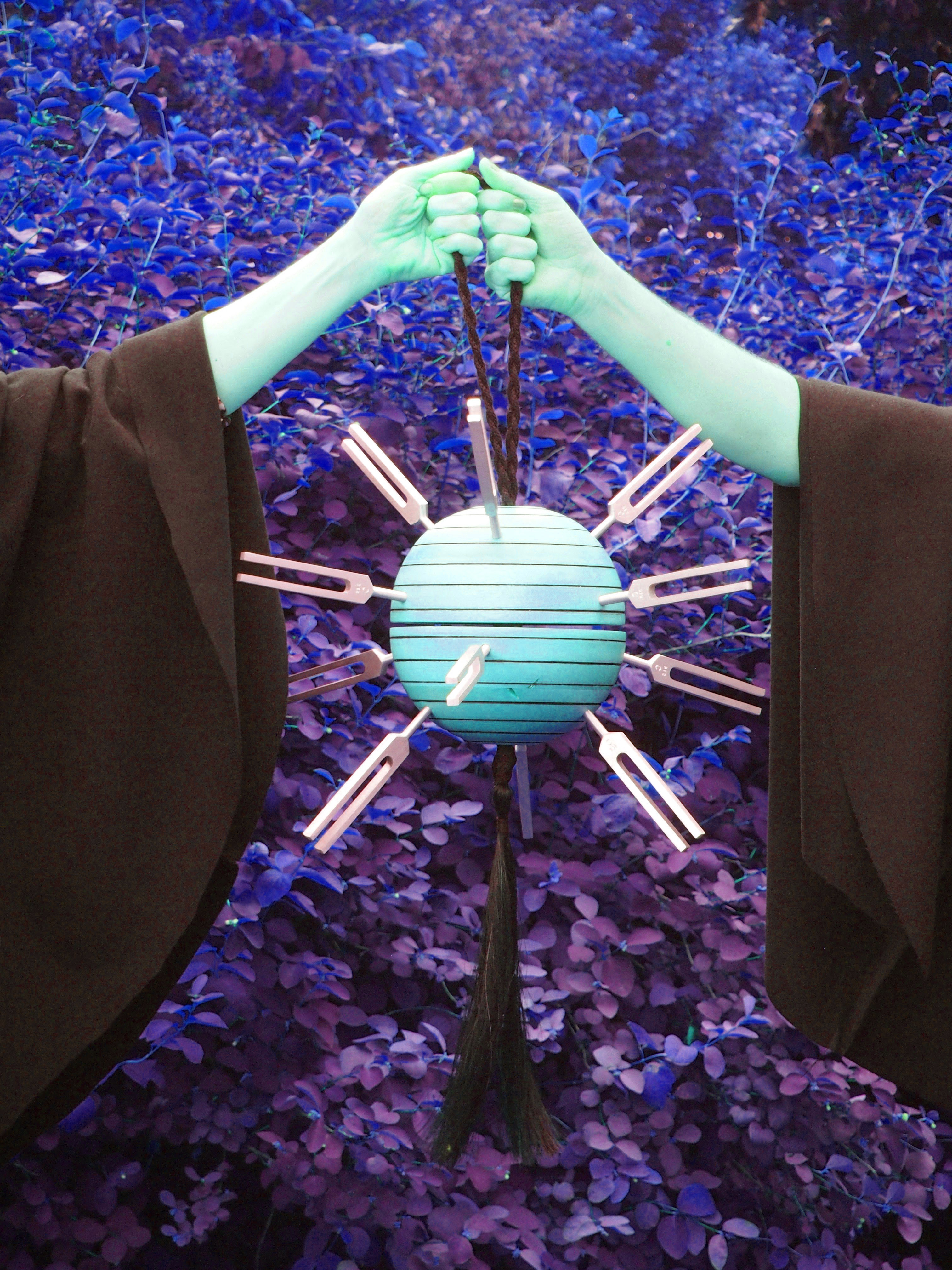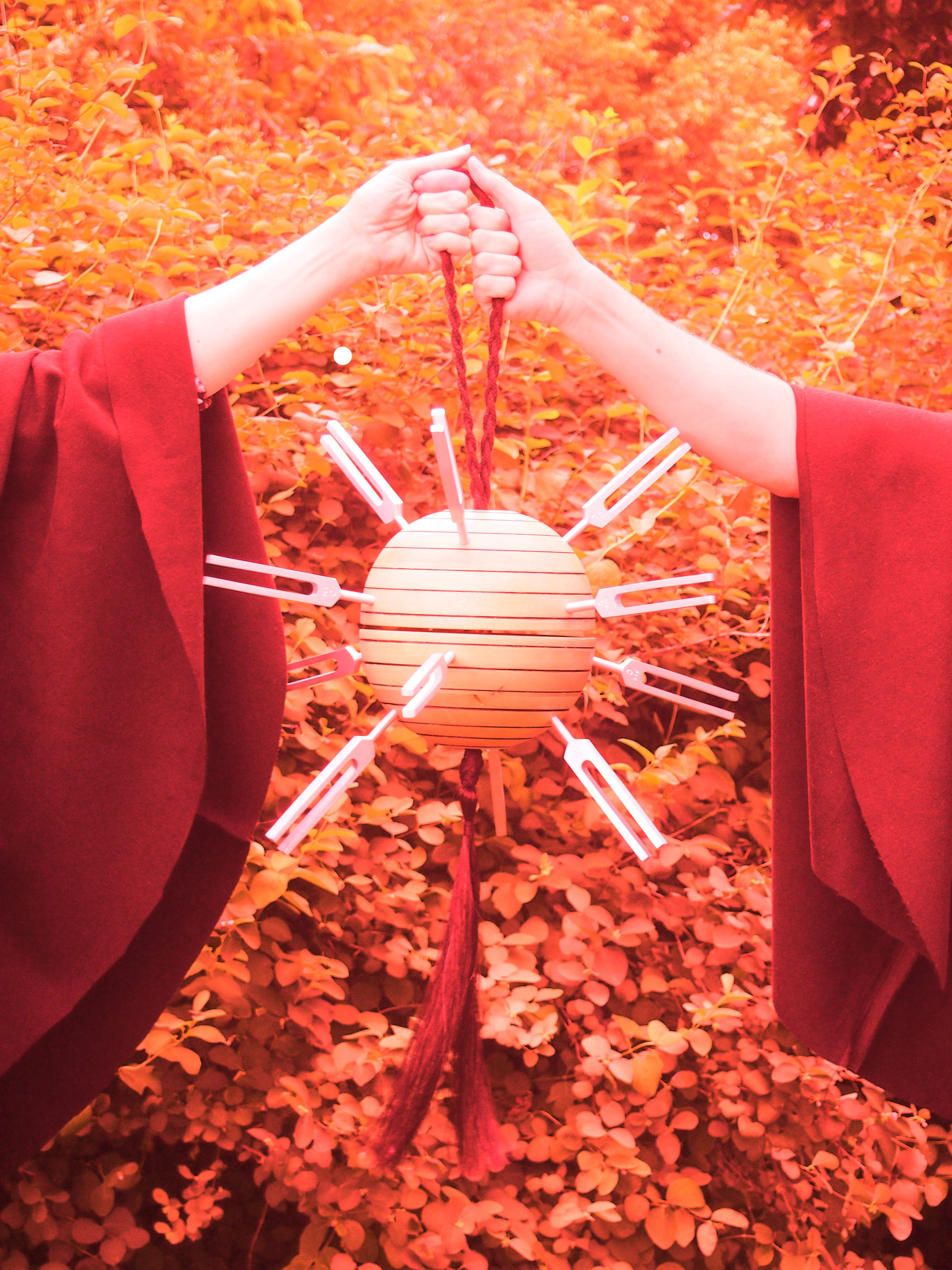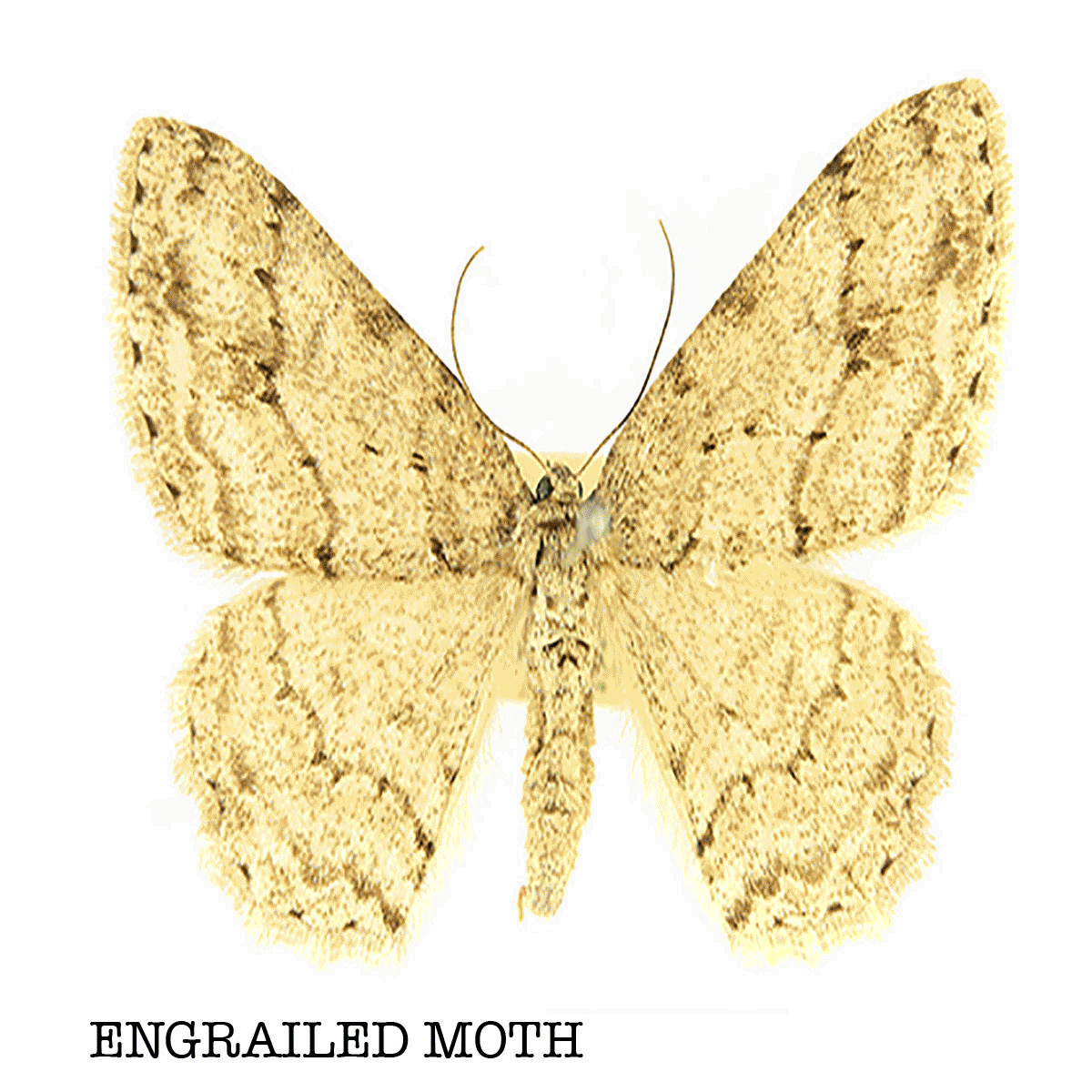


WHERE HAVE ALL THE INSECTS GONE?

New Rituals
Can new rituals help prevent biodiversity loss?
In 2013 an amateur group the Krefeld entomological society from Germany discovered that the total mass of insects caught in their trapping sites was down 80% raising the alarm in the EU about loss of wild pollinators, wild pollinators are the 1500 species including hoverflies butterflies moths wasps bumble solitary and mining bees that pollinate our food crops and cattle feed that provide free and essential services which in 2007 in the UK were valued at around 430 billion per year,
These wild pollinators work alongside commercial honey bee hives in pollinating and recent research and experiments by the AAAS have shown that when pollination is by honey bees alone crop yields go down around 30 to 40% which has huge implications for food security and a growing world population.
In the UK defra commissed ‘the national pollinator strategy’ to look at the growing evidence in loss of wild pollinators but concluded ‘There remains much uncertainty and research to be done around the ecological and biological mechanisms connecting changes in pollinator biodiversity, with pollination processes and ultimately the quality and quantity of UK crop yields’
Dr.Ben colleen from UCL London at the centre for biodiversity says ‘the conservation status of less than 3% of the worlds described biodiversity is known so you can imagine how much data is available for uk insects’ and although there are now computational modeling programs available which can analyze and map trends helping to discover why insect loss is occurring there are issues with historical hard data as much of it was collected by amateur groups and is inconsistent.
In order to fill the gaps in our knowledge of the UKs insect diversity we need data and lots of it but collected in controlled samples and recorded accurately…
Almost in a way that resembles a ritual,
The uk has many weird and wonderful folk traditions and rituals like the Mari lywd in Wales at winter solstice to the ‘obby ‘oss in Cornwall which in recent years thanks to artists like Jeremy Deller who toured Britain with a folk archive have enjoyed a renascence and public interest.
My proposal is too capitalize on this new interest and create faux pagan style rituals that layer on top of existing rituals to encourage communities to collect the hard data needed.
The greeting of the pollination orchestra.
This data collecting ritual would take place on mayday bank holiday involving people gathering on the village green to meet the pollinating instruments ,
Followed by the the dance of the sweep net, sweep netting is the method used by scientists in the field when taking a control sample, to record the insects in a designated area, the contents would be noted into an official ledger then onto the next section to be monitored.
The main instrument/ artifact is two hollow carved out wooden hemispheres attached and made into a resonance chamber and mounted with tuning forks that vibrate at the same frequency as bees and hoverflies at 400 Hz and cause a type of pollination call buzz pollination, the horsehair tassel attached to the bottom is what Chinese farmers in Sichuan have to use to pollinate their pear crops by hand, beacause of over use of pesticides and mono culture causing biodiversity and wild pollinator loss…this artifact will serve as a reminder of what our future will be in the impossible task of hand pollination if we don’t work to protect our biodiversity.
In 2013 an amateur group the Krefeld entomological society from Germany discovered that the total mass of insects caught in their trapping sites was down 80% raising the alarm in the EU about loss of wild pollinators, wild pollinators are the 1500 species including hoverflies butterflies moths wasps bumble solitary and mining bees that pollinate our food crops and cattle feed that provide free and essential services which in 2007 in the UK were valued at around 430 billion per year,
These wild pollinators work alongside commercial honey bee hives in pollinating and recent research and experiments by the AAAS have shown that when pollination is by honey bees alone crop yields go down around 30 to 40% which has huge implications for food security and a growing world population.
In the UK defra commissed ‘the national pollinator strategy’ to look at the growing evidence in loss of wild pollinators but concluded ‘There remains much uncertainty and research to be done around the ecological and biological mechanisms connecting changes in pollinator biodiversity, with pollination processes and ultimately the quality and quantity of UK crop yields’
Dr.Ben colleen from UCL London at the centre for biodiversity says ‘the conservation status of less than 3% of the worlds described biodiversity is known so you can imagine how much data is available for uk insects’ and although there are now computational modeling programs available which can analyze and map trends helping to discover why insect loss is occurring there are issues with historical hard data as much of it was collected by amateur groups and is inconsistent.
In order to fill the gaps in our knowledge of the UKs insect diversity we need data and lots of it but collected in controlled samples and recorded accurately…
Almost in a way that resembles a ritual,
The uk has many weird and wonderful folk traditions and rituals like the Mari lywd in Wales at winter solstice to the ‘obby ‘oss in Cornwall which in recent years thanks to artists like Jeremy Deller who toured Britain with a folk archive have enjoyed a renascence and public interest.
My proposal is too capitalize on this new interest and create faux pagan style rituals that layer on top of existing rituals to encourage communities to collect the hard data needed.
The greeting of the pollination orchestra.
This data collecting ritual would take place on mayday bank holiday involving people gathering on the village green to meet the pollinating instruments ,
Followed by the the dance of the sweep net, sweep netting is the method used by scientists in the field when taking a control sample, to record the insects in a designated area, the contents would be noted into an official ledger then onto the next section to be monitored.
The main instrument/ artifact is two hollow carved out wooden hemispheres attached and made into a resonance chamber and mounted with tuning forks that vibrate at the same frequency as bees and hoverflies at 400 Hz and cause a type of pollination call buzz pollination, the horsehair tassel attached to the bottom is what Chinese farmers in Sichuan have to use to pollinate their pear crops by hand, beacause of over use of pesticides and mono culture causing biodiversity and wild pollinator loss…this artifact will serve as a reminder of what our future will be in the impossible task of hand pollination if we don’t work to protect our biodiversity.